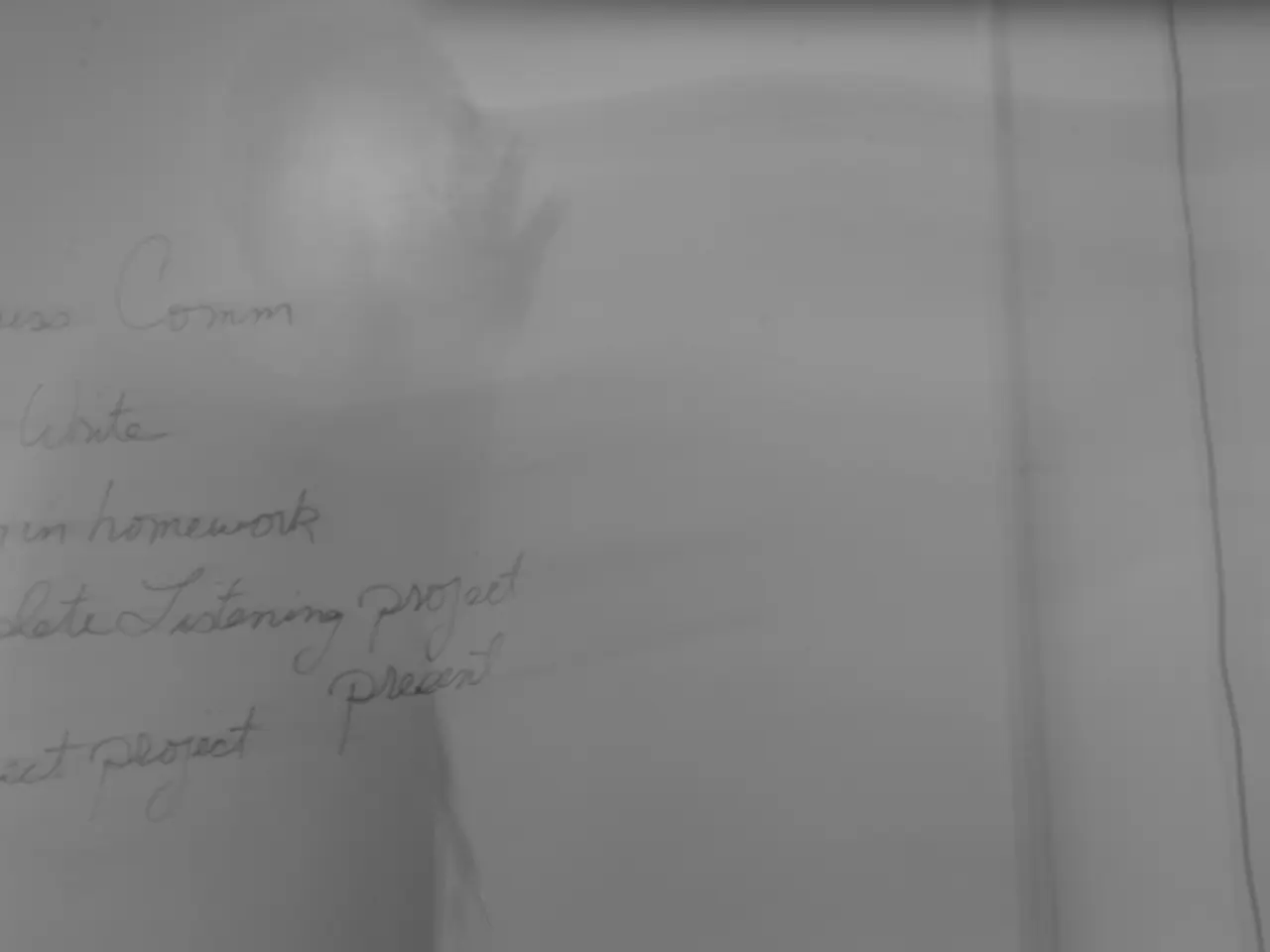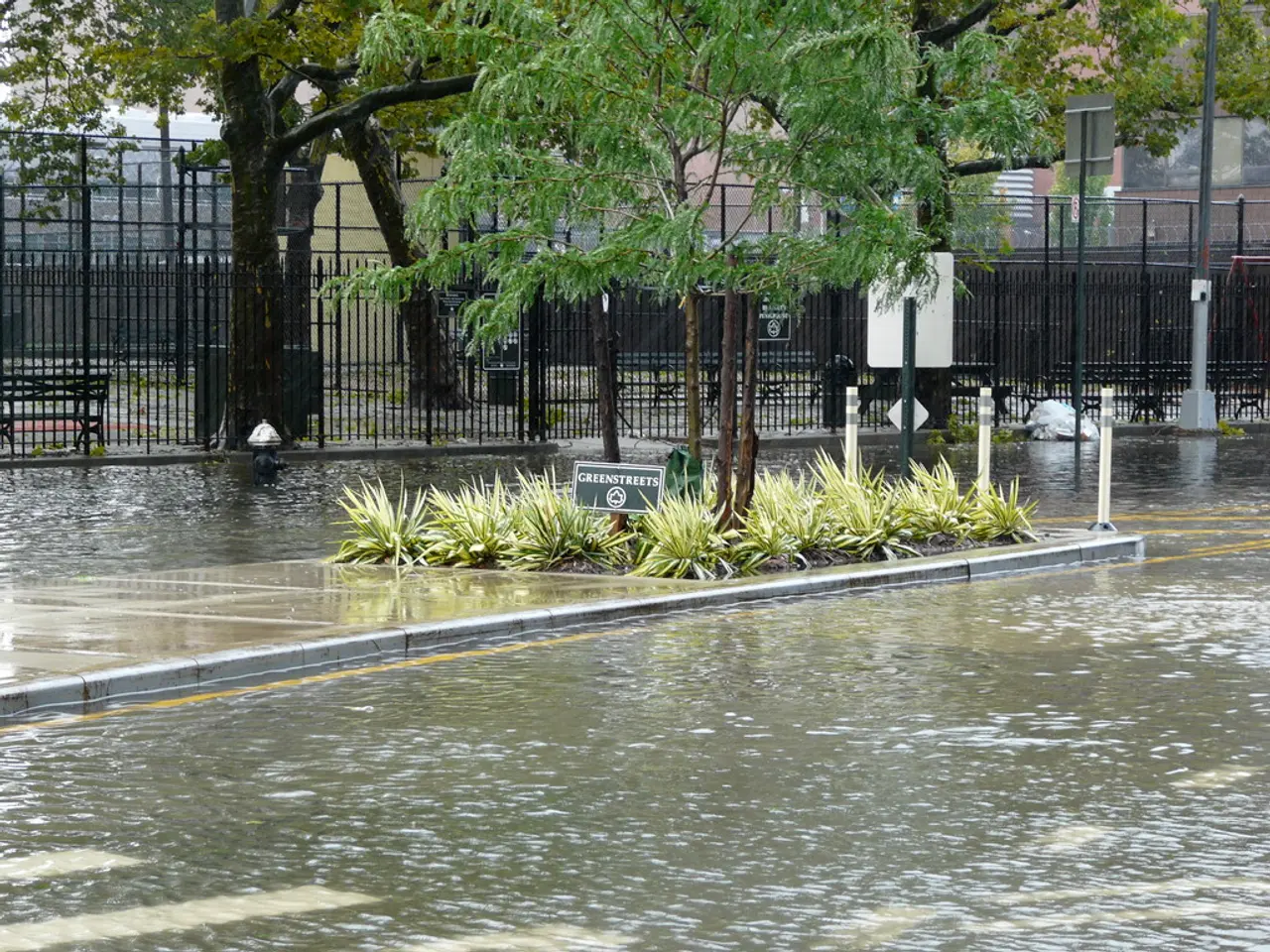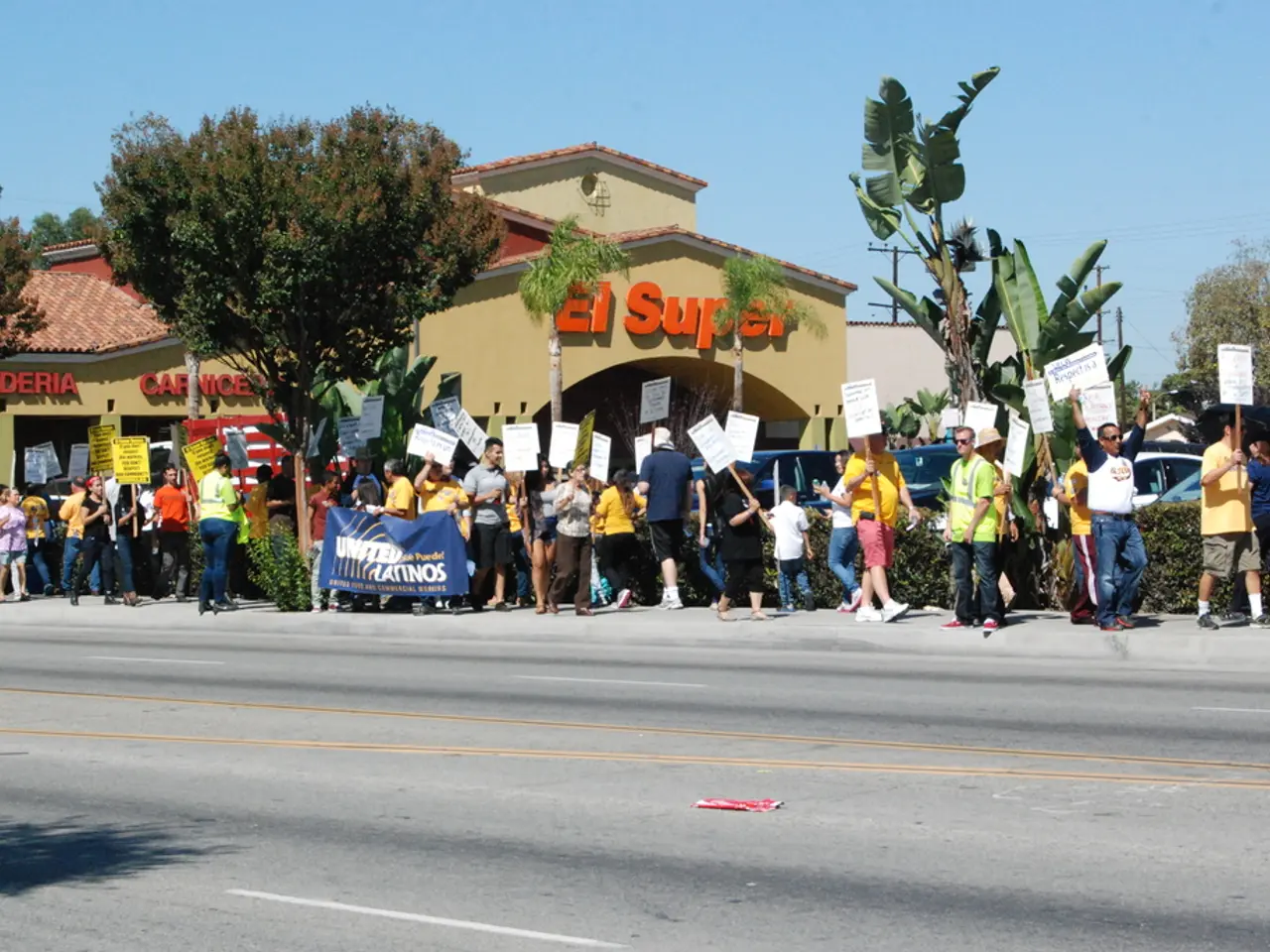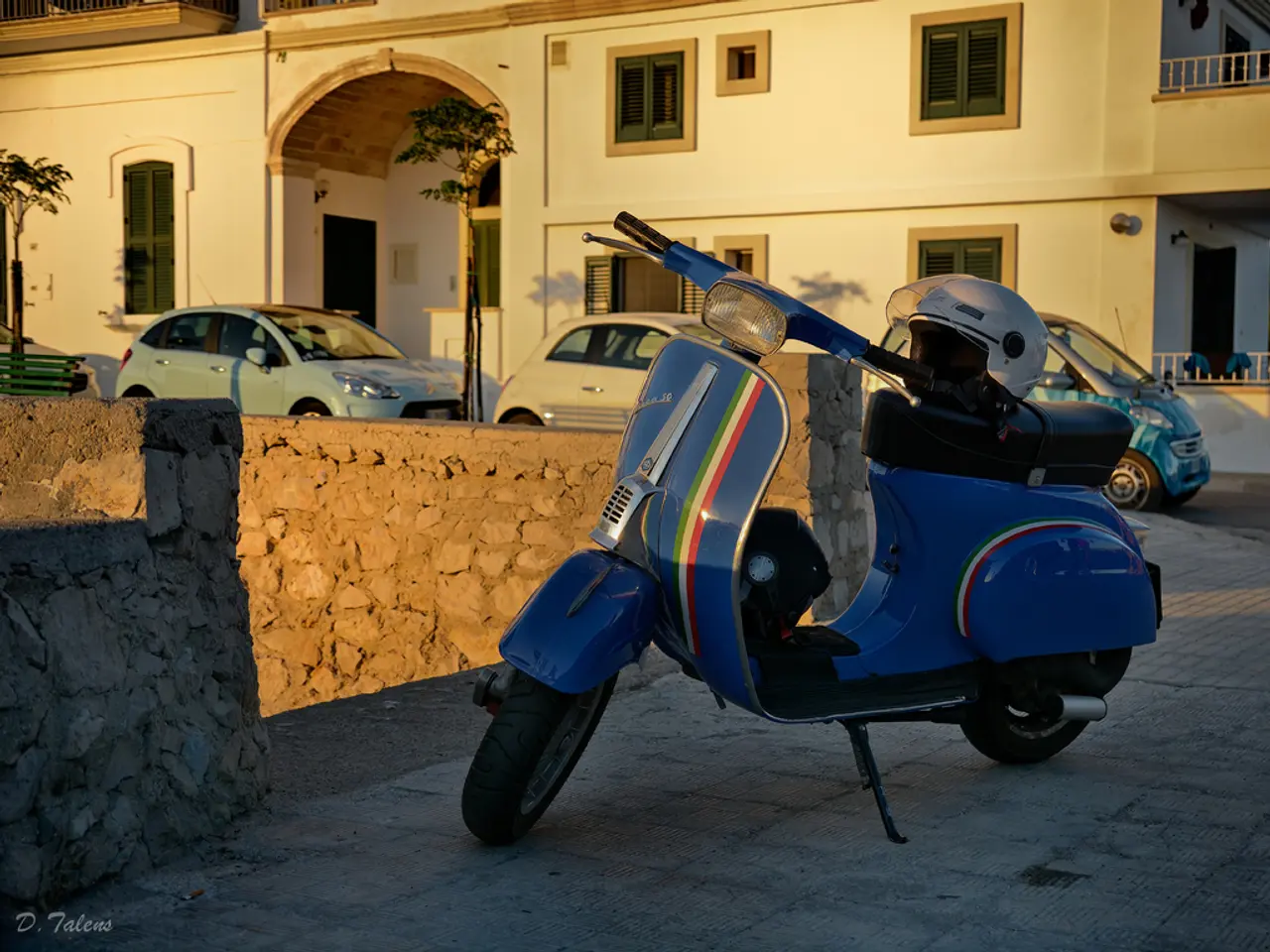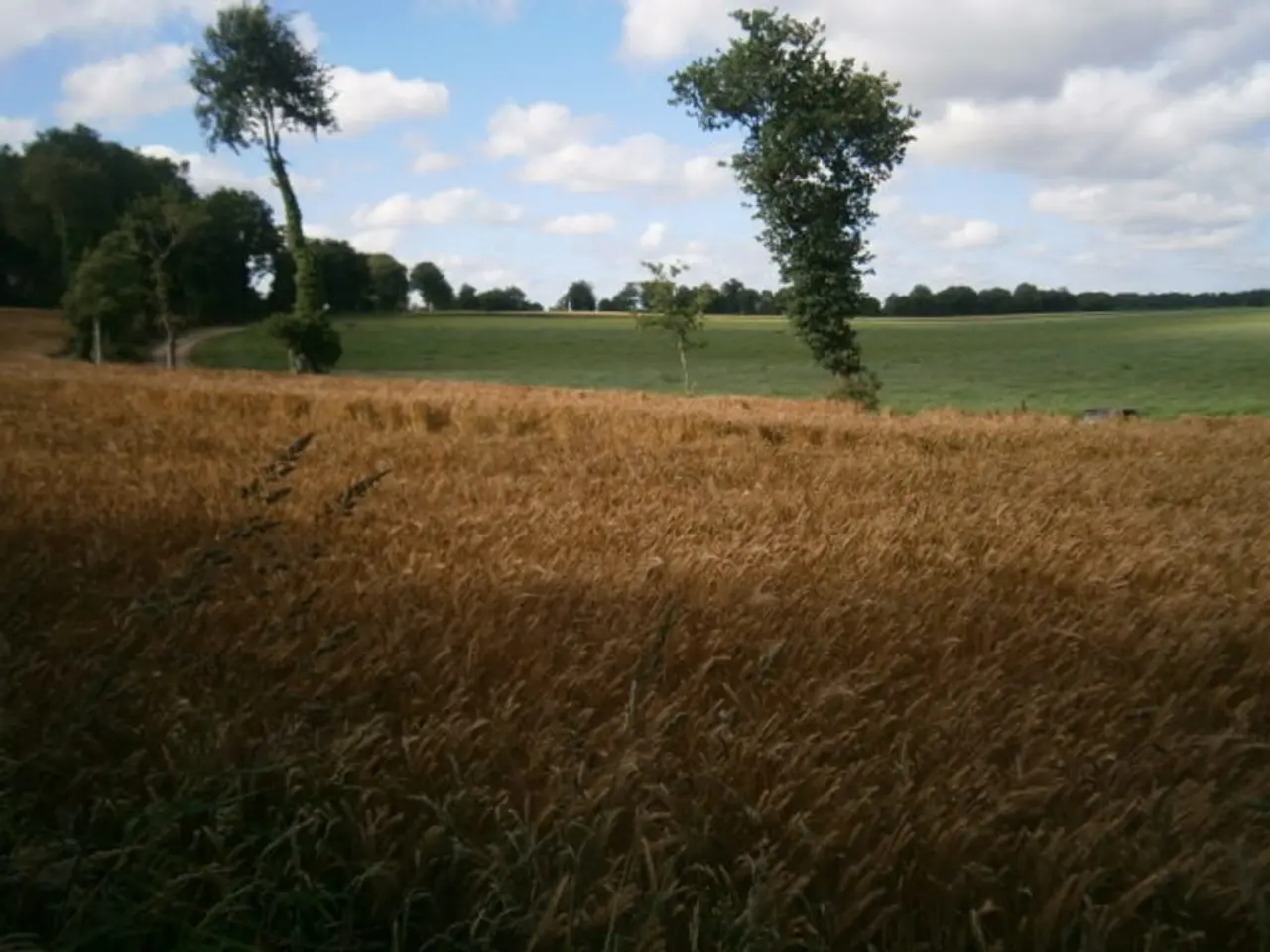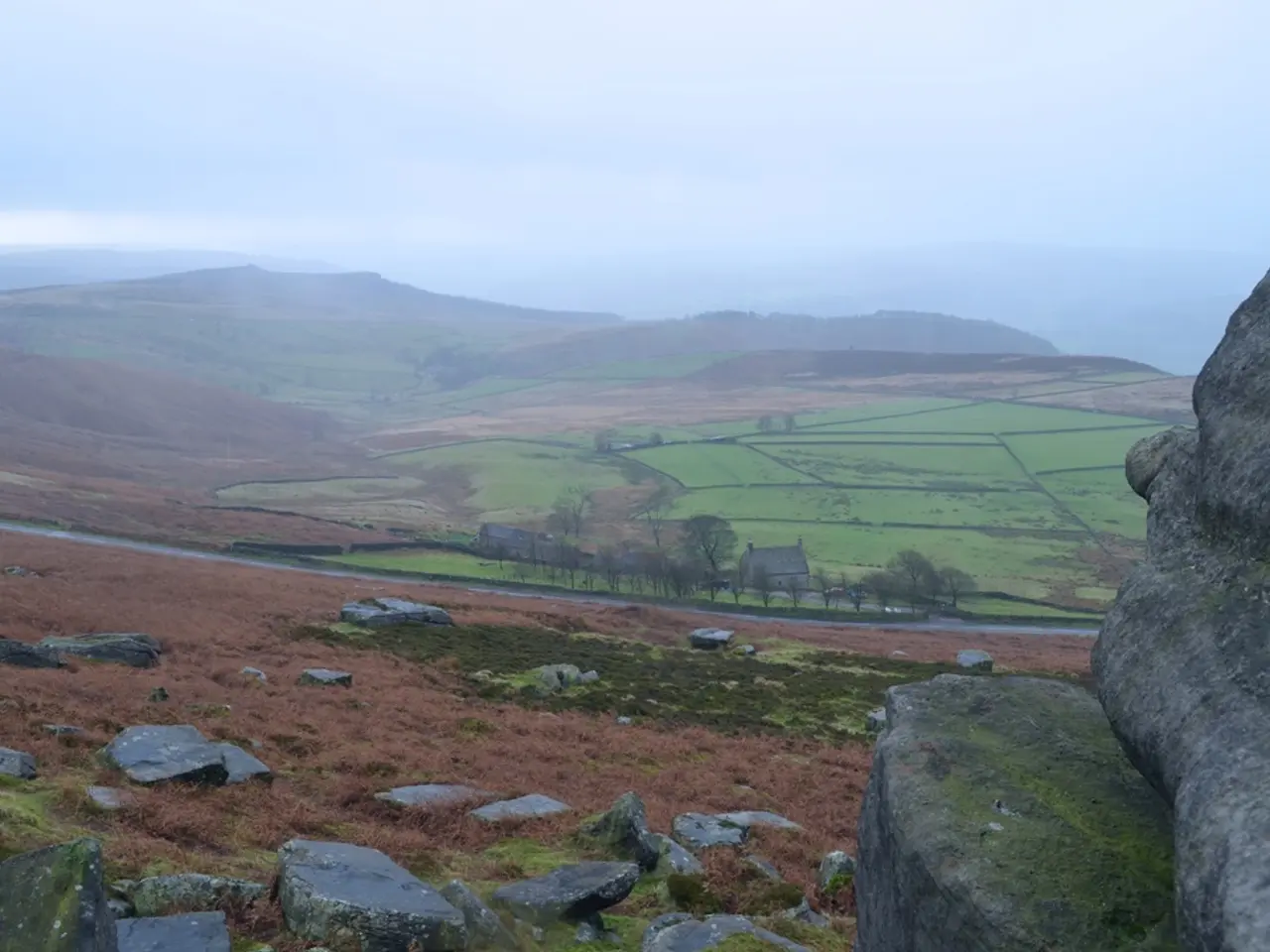Immigrant arrest strategies vary significantly between Republican and Democratic states, according to data findings, as demonstrated by ICE.
In the United States, the strategies employed by Immigration and Customs Enforcement (ICE) in arresting and detaining immigrants vary significantly between red and blue states.
Red states, such as those that voted for President Donald Trump, tend to have stronger collaborations with ICE. This collaboration often includes active partnerships with local law enforcement and institutions like colleges, which often have 287(g) agreements allowing local police to enforce immigration laws. Approximately 60% of ICE immigration arrests in red states take place in prisons and jails, targeting removable immigrants with criminal charges or pending charges [1][3][5].
On the other hand, blue states, which generally adopt sanctuary policies, refuse cooperation with ICE on campuses and discourage local law enforcement from aiding immigration enforcement. Around 70% of ICE arrests in blue states happen outside detention facilities, such as in community settings, reflecting a less aggressive ICE footprint and an emphasis on protecting immigrant communities from fear of arrest in everyday life [1][3][5].
These differences have significant implications for immigrants and communities. In red states, immigrant communities face heightened risks of arrest and detention, especially those involved with the criminal justice system or with interactions with law enforcement. This leads to increased fear, community fragmentation, and deterrence from engaging with public institutions like schools [1][3][4][5].
In blue states, sanctuary policies foster a sense of safety, encouraging participation in education and public life by limiting ICE's reach on campuses and in community settings. However, ICE still conducts arrests, primarily outside detention centers, maintaining enforcement but with different community dynamics [1][3][5].
The varying local laws and ICE tactics are creating a "patchwork system" across the country. For instance, ICE carried out what officials described as the largest enforcement operation in the agency's history in Massachusetts, arresting more than 1,400 people in communities across the state in May [6]. In contrast, in states like Mississippi, 87% of immigrants ICE filed a detainer request for through the end of May were later arrested by the agency in prisons and jails [7].
The Trump administration has also deployed the National Guard in cities like Los Angeles, where unrest was sparked earlier this summer [8]. The administration has also sued cities for their sanctuary policies [9].
Moreover, the ICE data shows that overall, more immigrants are being arrested in red states than in blue states, both in the community and in prisons and jails [10]. A growing number of local and state law enforcement agencies in red states are signing up for an ICE program that allows them to help enforce immigration laws [11].
The recent budget reconciliation bill includes billions in new funding for ICE [2]. The Trump administration has relied more on immigration raids and community arrests in blue states, such as Los Angeles, where this increased enforcement has sparked unrest [3].
References:
- https://www.nytimes.com/2019/07/14/us/politics/ice-detainers-immigrants.html
- https://www.politico.com/news/2021/03/05/ice-budget-reconciliation-bill-473080
- https://www.npr.org/2021/03/05/978293055/ice-budget-reconciliation-bill-includes-billions-for-border-wall-and-detention-facilities
- https://www.bostonglobe.com/metro/2019/07/16/ice-arrests-undocumented-immigrants-massachusetts-communities-fear-escalating-enforcement/NzKsXwL1R2M9YgWzj8B9zM/story.html
- https://www.vox.com/2019/7/15/20697785/ice-detainer-requests-sanctuary-cities-trump
- https://www.bostonglobe.com/metro/2019/05/14/ice-arrests-undocumented-immigrants-massachusetts-communities-fear-escalating-enforcement/K0L0gQJXl0uQDgJh38IyvM/story.html
- https://www.theguardian.com/us-news/2019/jul/15/ice-mississippi-immigrants-detention
- https://www.latimes.com/california/story/2020-06-18/trump-deploys-national-guard-to-los-angeles-over-protests
- https://www.cnn.com/2019/07/25/politics/san-francisco-ice-lawsuit/index.html
- https://www.nytimes.com/2019/07/14/us/politics/ice-detainers-immigrants.html
- https://www.nytimes.com/2020/07/31/us/politics/ice-immigration-enforcement-local-police.html
US politics and general news have highlighted the varying approaches taken by red and blue states in regard to immigration enforcement. On the one hand, red states have stronger partnerships with Immigration and Customs Enforcement (ICE), with local law enforcement actively enforcing immigration laws, leading to a higher number of arrests in their communities and prisons. Conversely, blue states often adopt sanctuary policies, limiting ICE's reach on campuses and in community settings, resulting in fewer arrests in those locations compared to red states.
